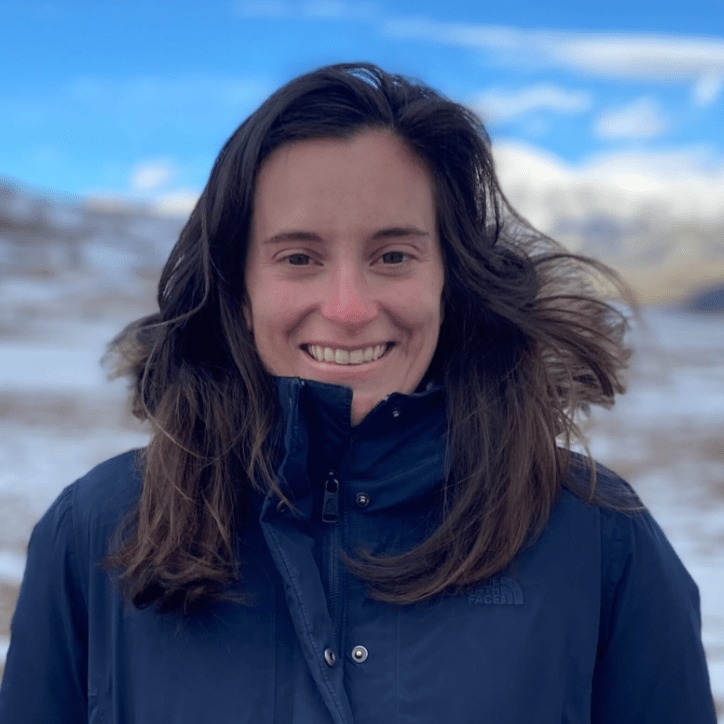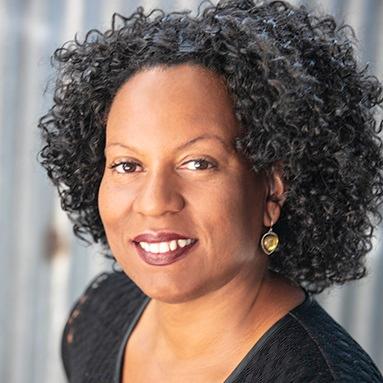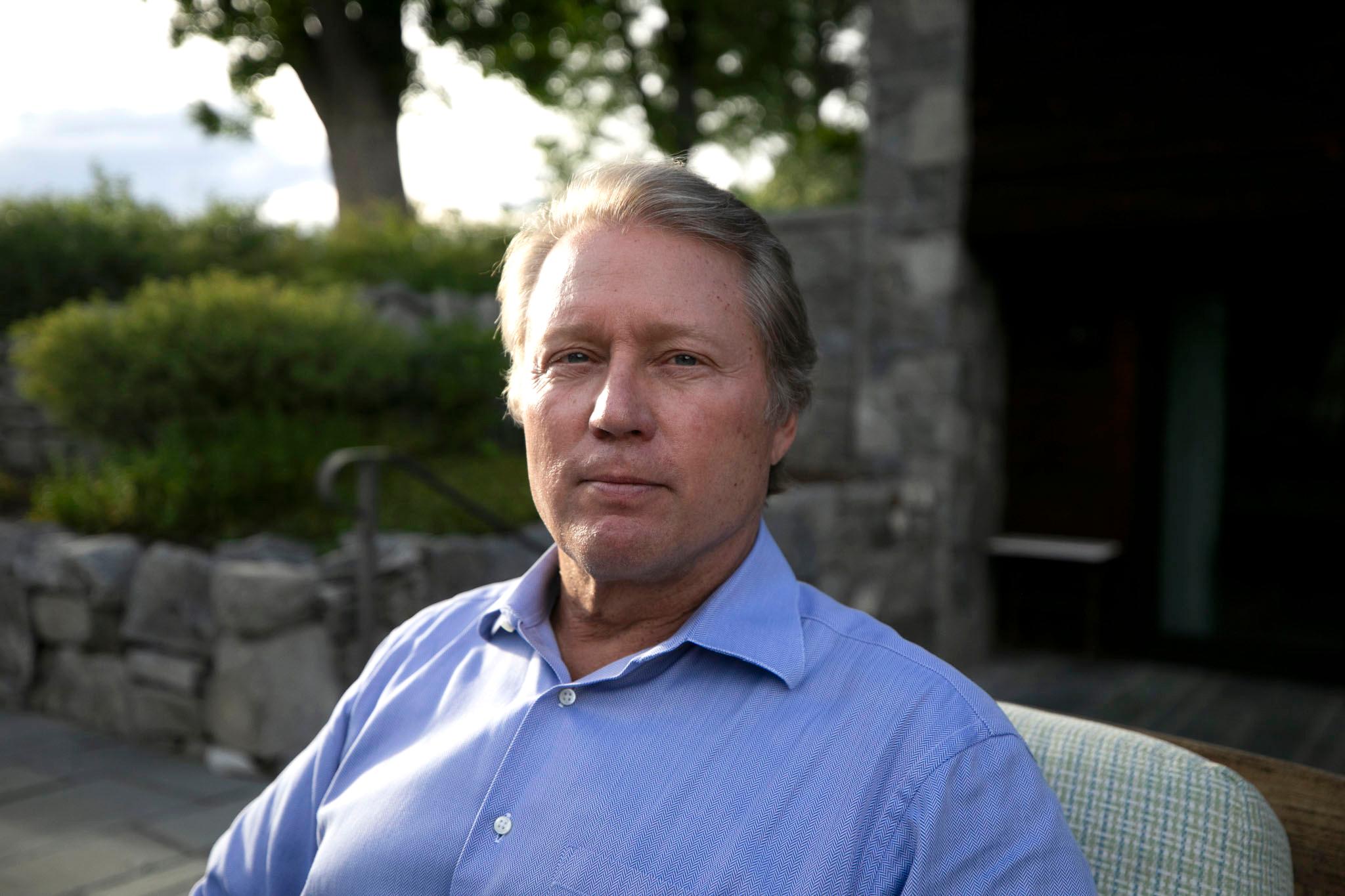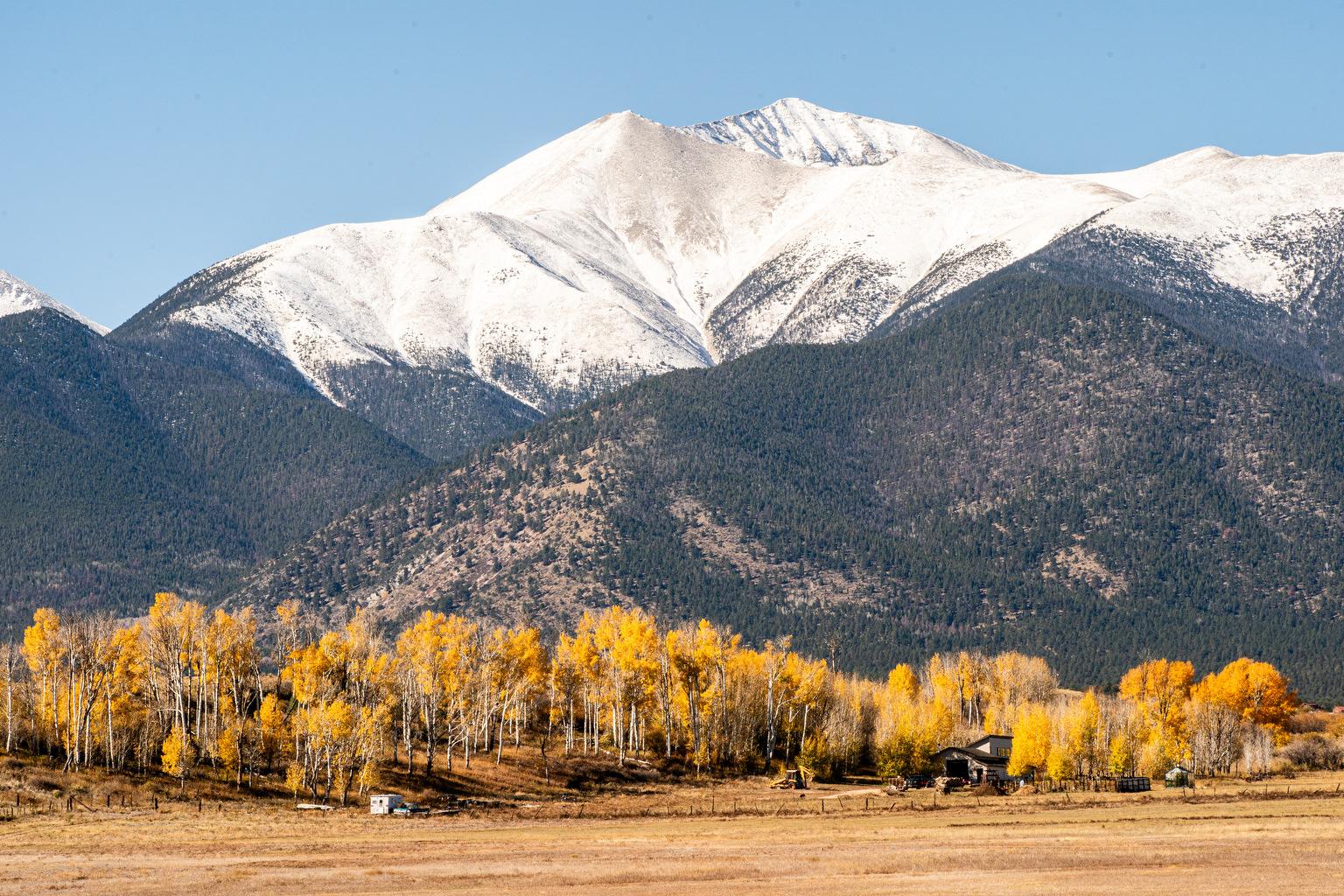
More people hiked Colorado’s biggest mountains last year, but the number of people going up the state’s 14ers have not returned to what they were during the pandemic.
The Colorado Fourteeners Initiative says an estimated 265,000 hikers were on the trails in 2024. That’s an increase of 5,000 — 1.9 percent — from the prior year. Fourteener hiking use peaked during the 2020 pandemic summer at 415,000.
“One of the things that's been driving it recently in the last, say four years, has been the opening and closing and reopening of some of the 14ers that crossed private land,” Colorado Fourteeners Initiative Executive Director Lloyd Athearn said.
Athearn cited reopening of the DeCaLiBron Loop near Alma in particular. The hike in Mosquito Range includes access to four 14ers — Mount Lincoln, Mount Democrat, Cameron Peak, and Mount Bross.
It was estimated that 15,300 trips were taken on DeCaliBron Loop in 2024 after 7,000-10,000 the year prior. Overall, the Mosquito Range saw the biggest increase of the season at 55 percent.
Landowner John Reiber reopened Mount Lincoln for a full season in 2024. In 2023, the Initiative, Conservation Fund and U.S. Forest Service acquired 300 acres in the range to allow access to Mount Democrat. Reiber, who owns mining claims across several 14ers, had left the mountains closed due to liability concerns.
“That was done in response to a lawsuit with an injured mountain biker on an unofficial bike path on the Air Force Academy property, and had led to people getting concerned about liability exposure from allowing people to hike their peaks,” Athearn said.
Athearn is referring to James Nelson Elizabeth Varney v United States of America. In September 2008, Jim Nelson suffered injuries after crashing into a sinkhole during a bike ride on a trail on the Air Force Academy’s property. The district court ruled in his favor and he was awarded $7.3 million in damages. In a previous appeal, the 10th U.S. Circuit Court reversed the decision, saying the Academy was protected under the Colorado Recreational Use Statute.
But in 2019, the federal court ruled the Academy knew about the sinkhole and did nothing to provide proper warning. That prompted property owners to close access to 14ers.
Another reason for the slight tick up in visits was a revised calculation for Mount Blue Sky. It was initially thought that hikers were accessing the Front Range Peak through Echo Lake. It was later determined that they were climbing from Summit Lake.
“Our formula had been assuming that they were all coming from Echo Lake, which is about a 17 mile hike round trip and we sort of figured that far fewer people do that full route as opposed to climbing from Summit Lake,” Athearn said. “So, by putting into the formula that five and a half mile round trip to hike Mount Blue Sky from Summit Lake, that caused the numbers to go up.
The most popular 14ers were Mount Bierstadt and Quandry Peak. Both had between 25,000 and 30,000 hikes last year.
The 12 closest 14ers to the Denver metro area — Front Range, Tenmile Range, Mosquito Range, and Mount Elbert — accounted for 54 percent of statewide hiking use which accounts to 144,344 hiker days. The remaining 46 14ers accounted for 120,656 hiker days.
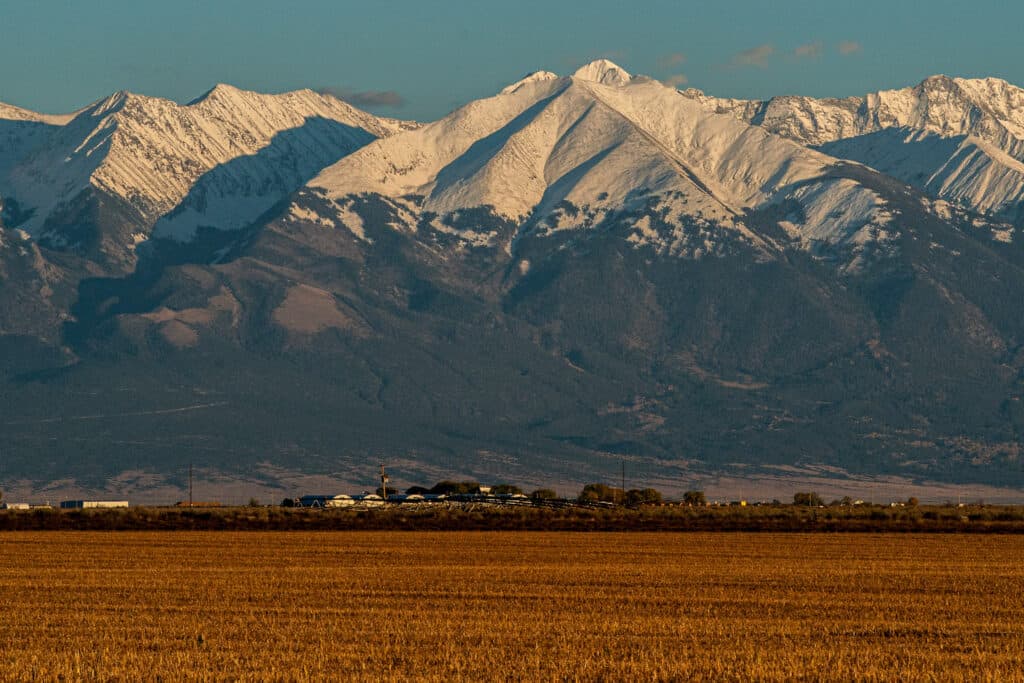
Some mountain ranges saw numbers fall last season. Sangre de Cristo Range saw the biggest drop by 15 percent followed by Sawatch Range at 8.9 percent.
Hikes on Colorado 14ers in 2024 accounted for $71.9 million in economic activity, the Initiative said in the report.
Athearn said more hikers could be climbing 14ers now that most of them are open to the public. He said that’s due to the Colorado Fourteeners Initiative and the fixed Crust Coalition’s work to change the liability warning law in the state last year.
“The thing that's really curious as we continue to monitor the hiking use is just how many people from all over the world love these 14er peaks. You know, they are for the most part, so accessible to people with modest hiking abilities,” Athearn said. “You can experience plants that you don't see in other parts of the world and wildlife that is really unique to the high alpine areas.”
Mount Lindsey is the most recent 14er to be re-opened to the public. The land privately owned by the Trinchera Blanca Ranch granted access to the mountain after creating a digital waiver system in March.
- Thousands of people are rescued from Colorado mountain trails each year
- Colorado 14er climbs dropped to lowest point on record in 2023
- Ladders Trail opens in North Cheyenne Cañon Park in Colorado Springs
- How do you ‘stravage,’ and where can you do it in Colorado?
- Yes, there’s often snow on Colorado’s Never Summer mountains all year long. But there’s more to how they got their name


